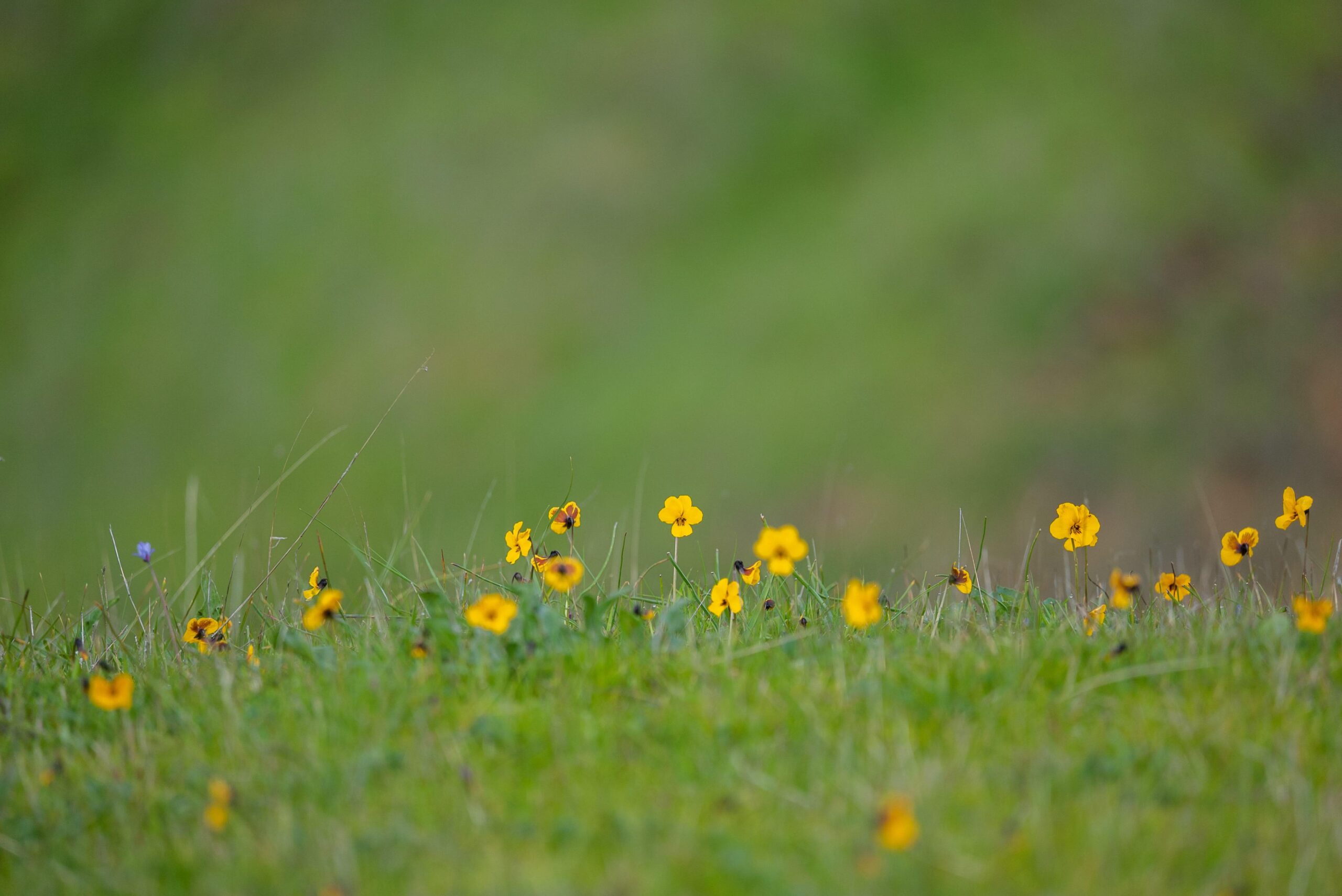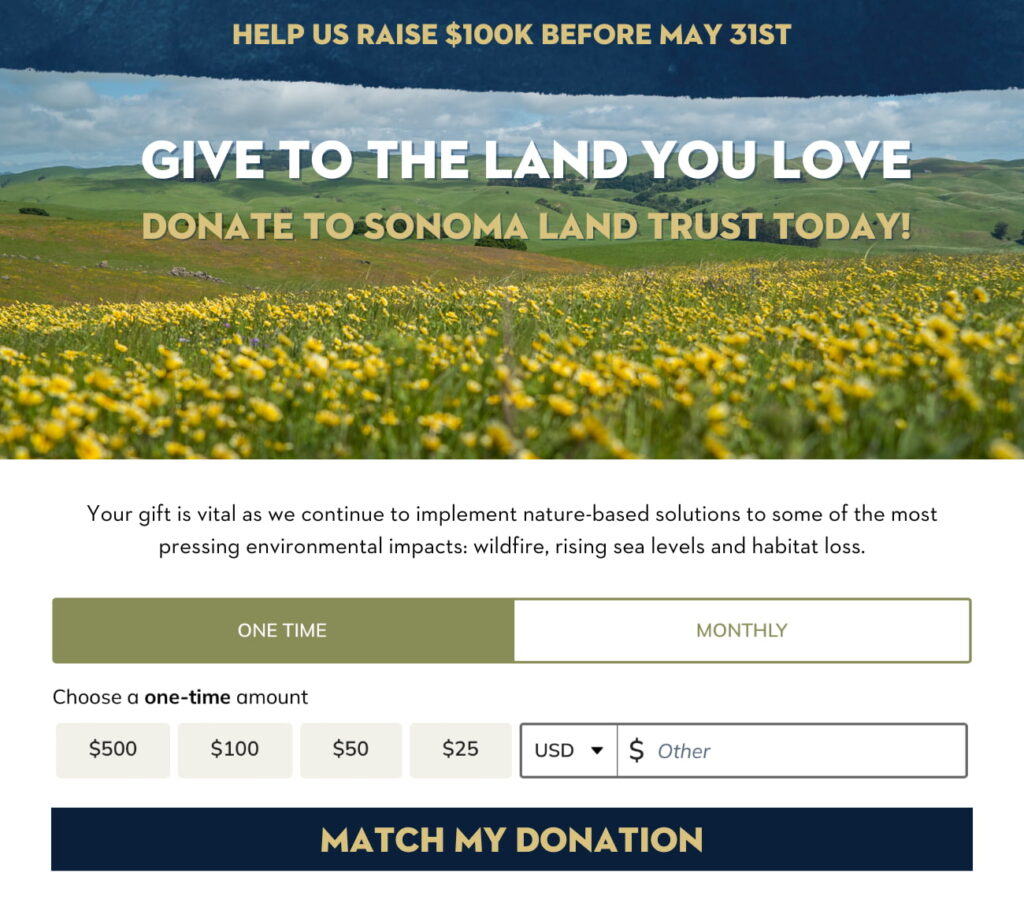We conserve scenic, natural, agricultural and open land for the future of Sonoma County
Land is the heart of the community
OUR LAND ACKNOWLEDGMENT STATEMENT
As we pursue our mission of conserving land in Sonoma County, we recognize that we stand upon the unceded ancestral lands of many Indigenous peoples. We honor their knowledge, care and stewardship of this special place across the ages and acknowledge the deep and lasting damage that colonization has inflicted on them. We embrace our responsibility to learn from and protect their cultural and traditional connections to the land.




